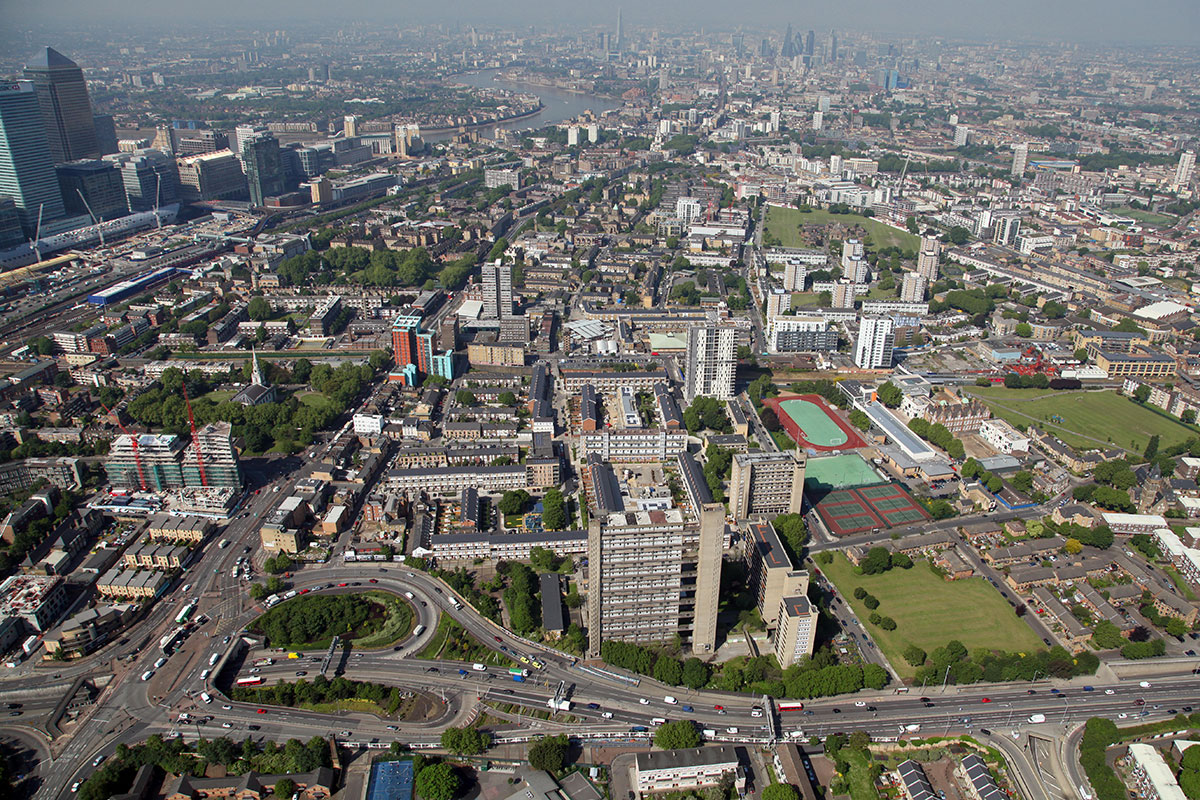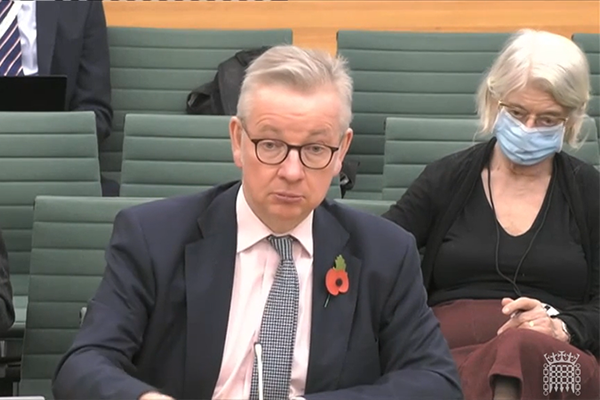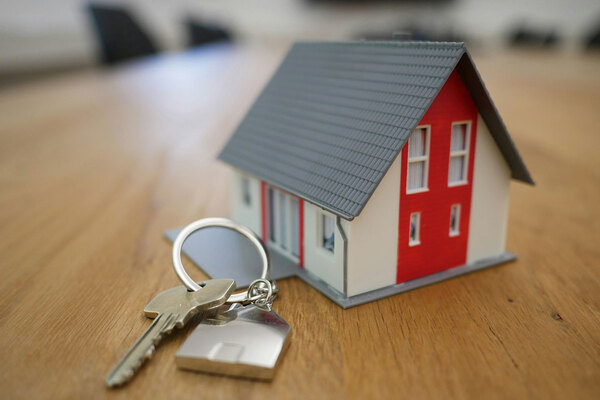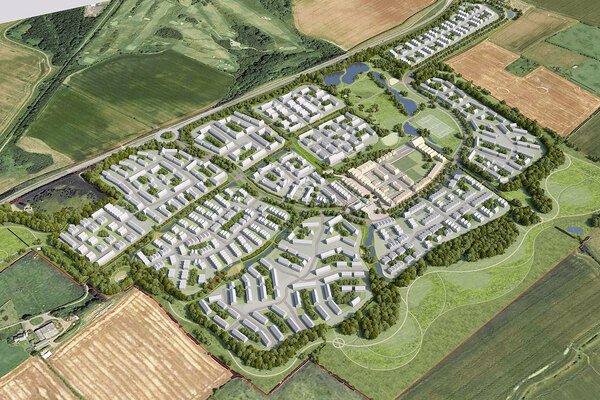Social landlords must submit evidence to regulator on damp and mould fix plans
Social landlords will have to submit evidence to the Regulator of Social Housing (RSH) to show that they have systems in place to deal with damp and mould.
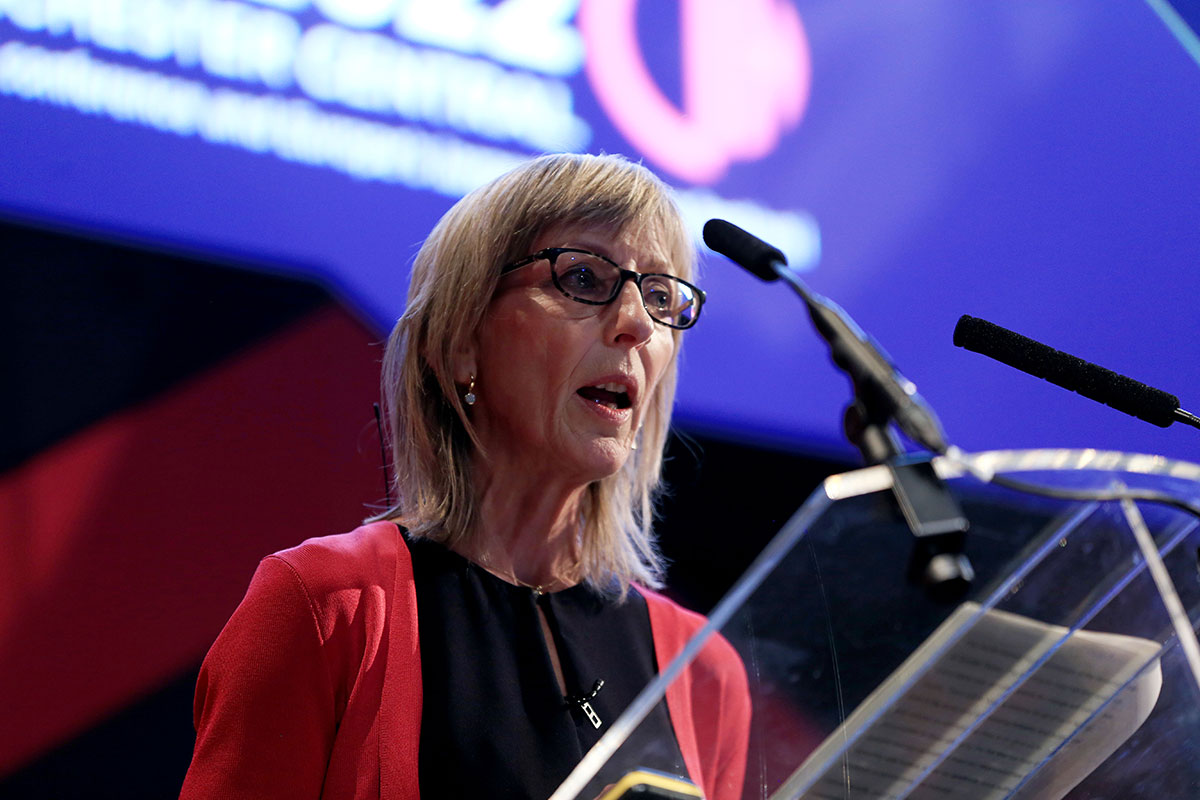
In a letter to chief executives today, Fiona MacGregor, CEO of the RSH, said that councils and housing associations must provide assurance that they have a “clear understanding and strong grip on damp and mould issues in their homes” and are addressing risks to tenants’ and residents’ health.
All social landlords with 1,000 homes or more will have until 19 December to submit several pieces of evidence to provide that assurance.
Those with fewer than 1,000 homes will have to inform the regulator immediately if they are not taking action to remedy damp and mould or do not have a comprehensive understanding of the extent of potential damp and mould issues in their homes.
The demand follows the conclusion of the inquest into two-year-old Awaab Ishak’s death. The coroner ruled that he died from prolonged exposure to mould after repeated complaints from his family to the housing association, Rochdale Boroughwide Housing (RBH), which owned the flat.
RBH’s former chief executive Gareth Swarbrick was sacked on Saturday following nationwide pressure. He had refused to resign until then.
In light of the cause of Awaab’s death, the regulator has asked that all social landlords submit their approach to assessing the extent of damp and mould issues affecting their homes, including how they assess the prevalence of Category 1 and Category 2 damp and mould hazards.
They will also have to provide their most recent assessment of the extent of damp and mould hazards in their homes, including Category 1 and Category 2 hazards.
Given those findings, the landlord will have to provide the action they are taking to remedy any issues and hazards, and ensure that their homes meet the Decent Homes Standard.
Social landlords will also have to tell the regulator how they ensure that individual damp and mould cases are identified and dealt with “promptly and effectively” when raised by tenants and residents. Explanations should be supported with recent data.
After reviewing the submitted data, if the regulator considers providers are not meeting the standards, including the Decent Homes Standard, it will take “appropriate action”.
Ms MacGregor wrote in the letter: “The tragic case of Awaab Ishak, who died of a respiratory condition caused by mould in his home, has rightly focused attention on the responsibility of all registered providers – private and local authority – to ensure that the homes they provide are well-maintained and of a decent standard.
“It demonstrates the serious effects that having damp and mould in their homes can have on people’s health and it has highlighted once again the importance of providers listening to their tenants’ concerns, understanding their diverse needs, removing barriers to accessing services and responding promptly.”
Social landlords can submit the data via this form.
Amendment
At 9.16pm on 29.11.2022: This article was amended to say all social housing providers with 1,000 homes or more will have to submit evidence on damp and mould systems. It previously said all social housing providers.
Those with fewer than 1,000 homes will have to inform the regulator immediately if they are not taking action to remedy damp and mould or do not have a comprehensive understanding of the extent of potential damp and mould issues in their homes.
Sign up for our regulation and legal newsletter
Already have an account? Click here to manage your newsletters
